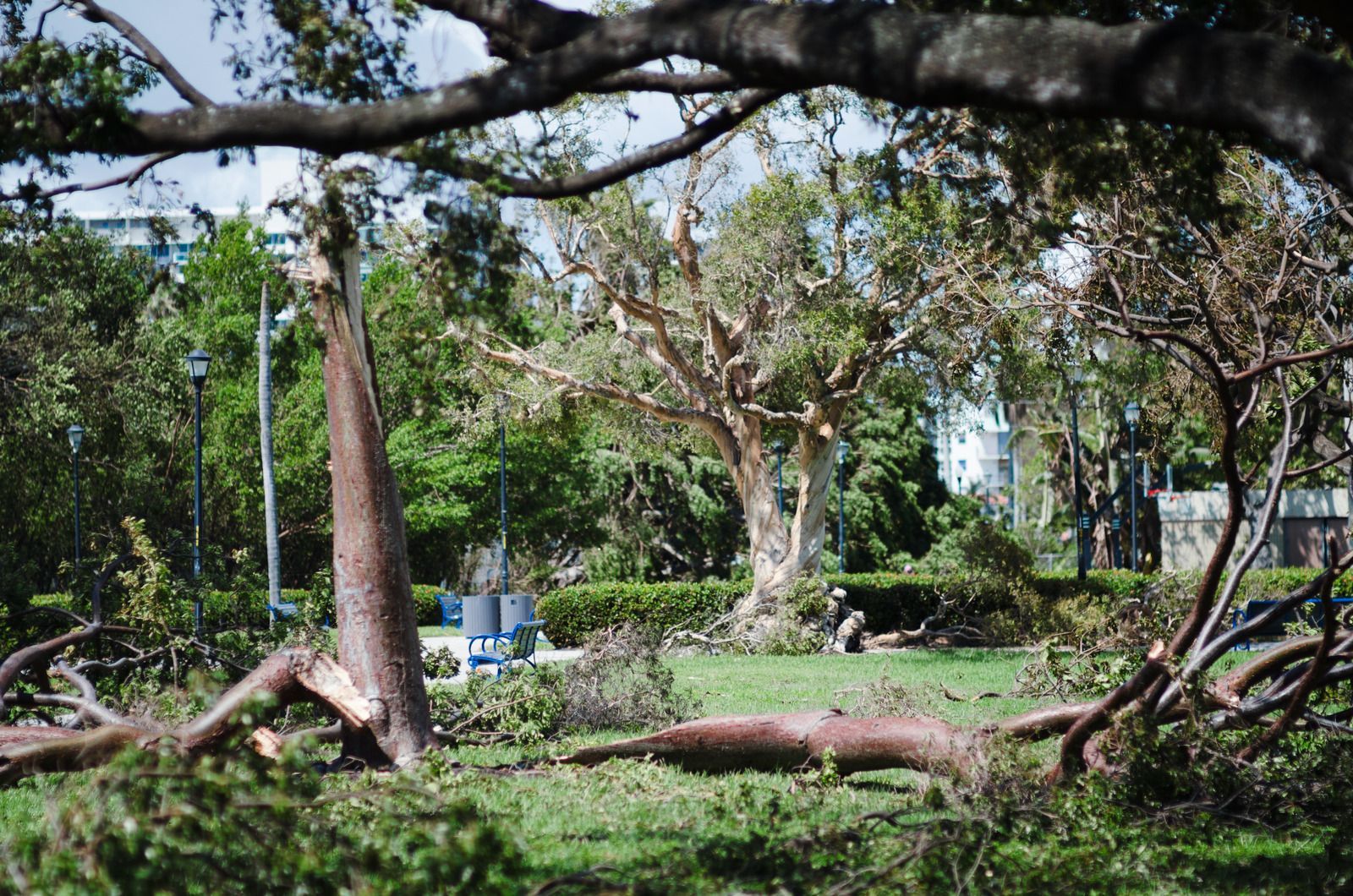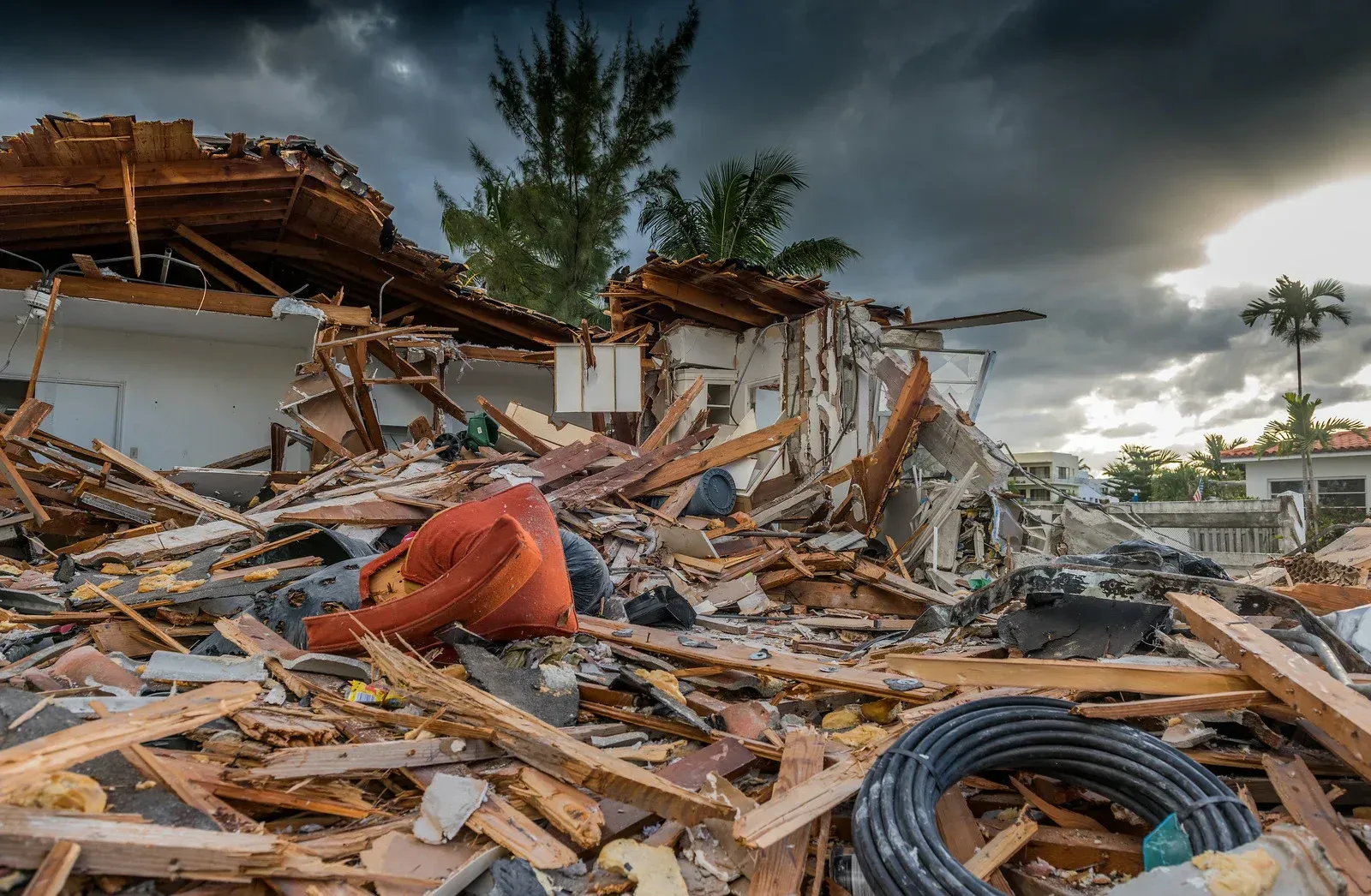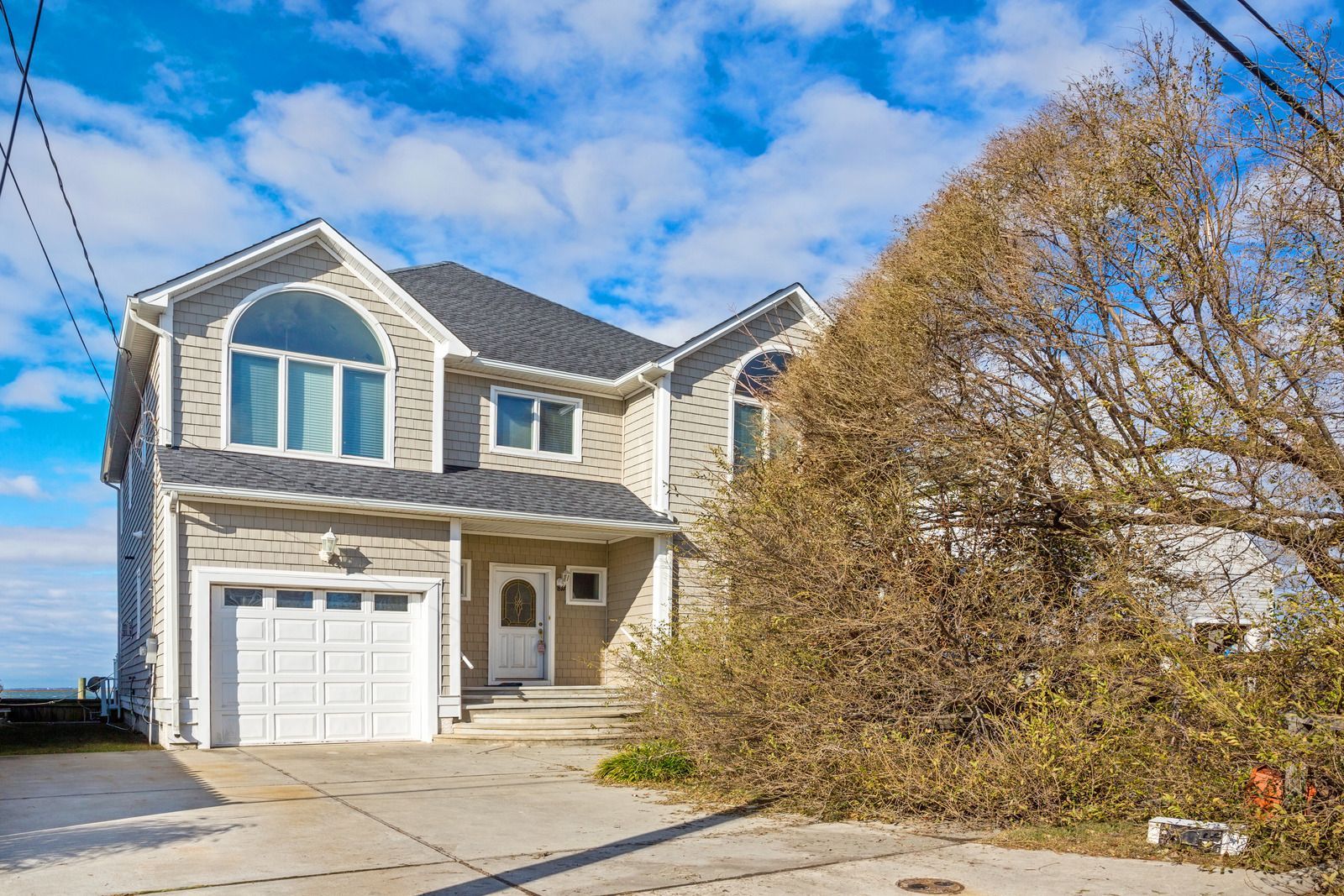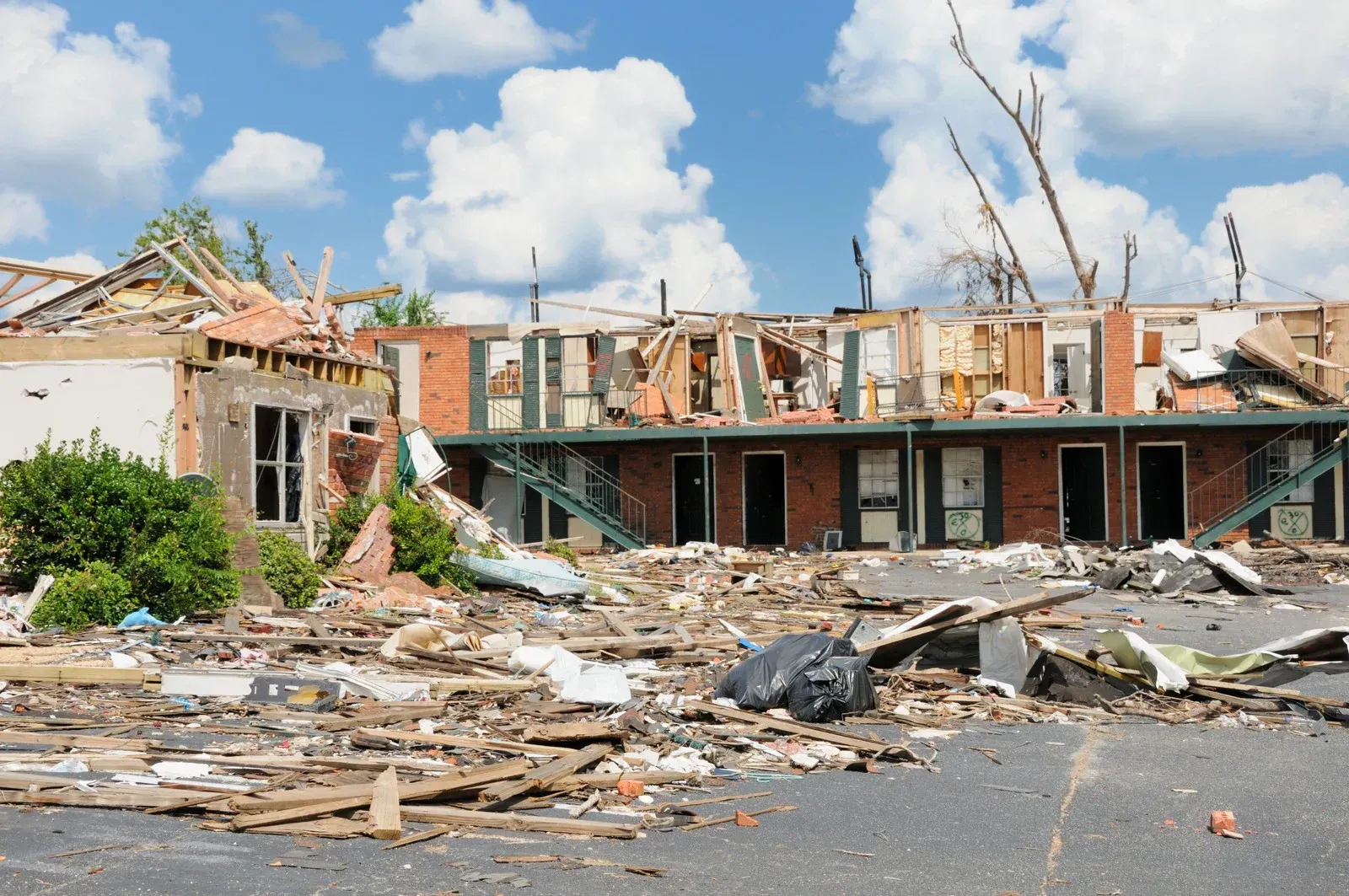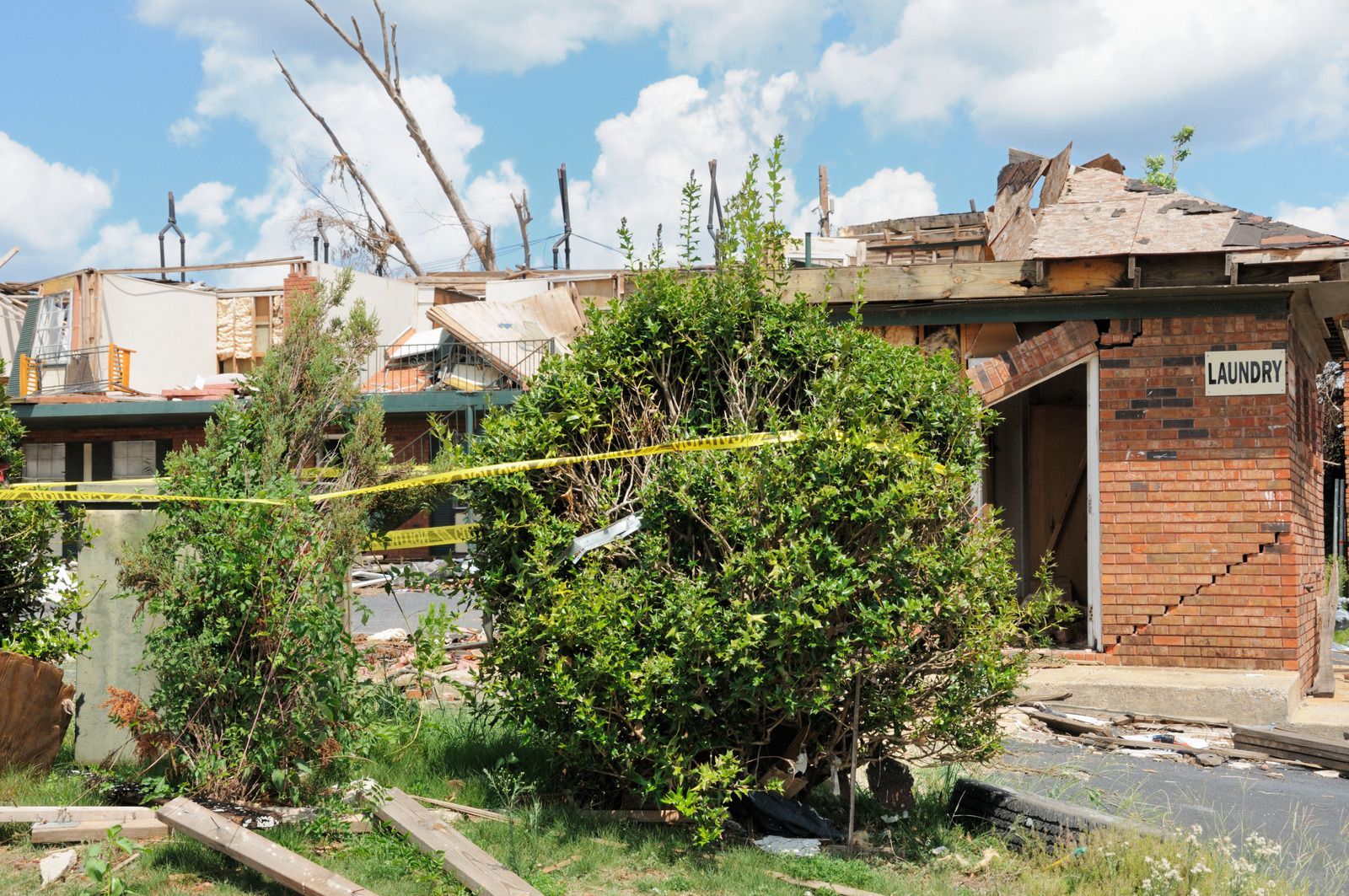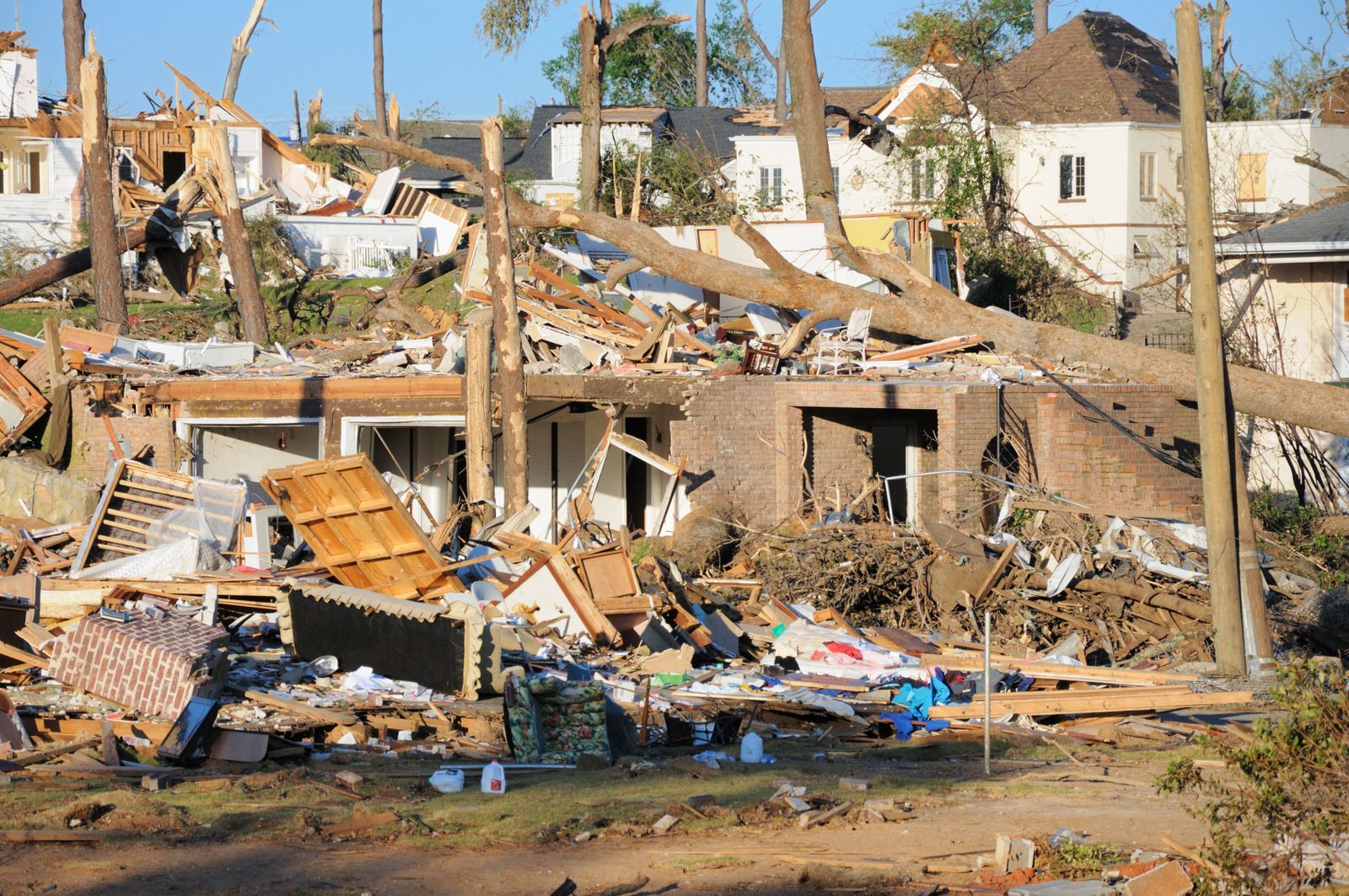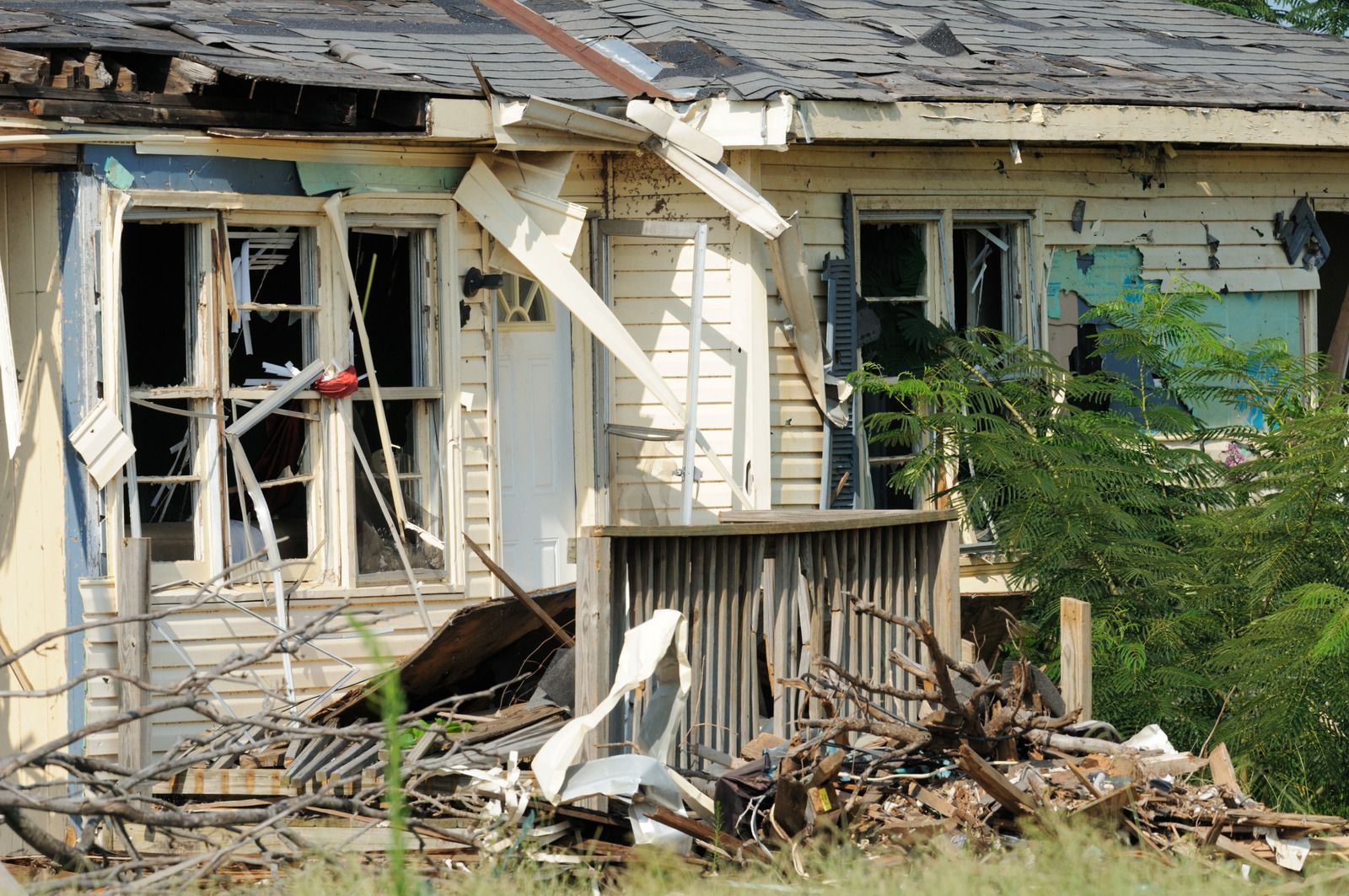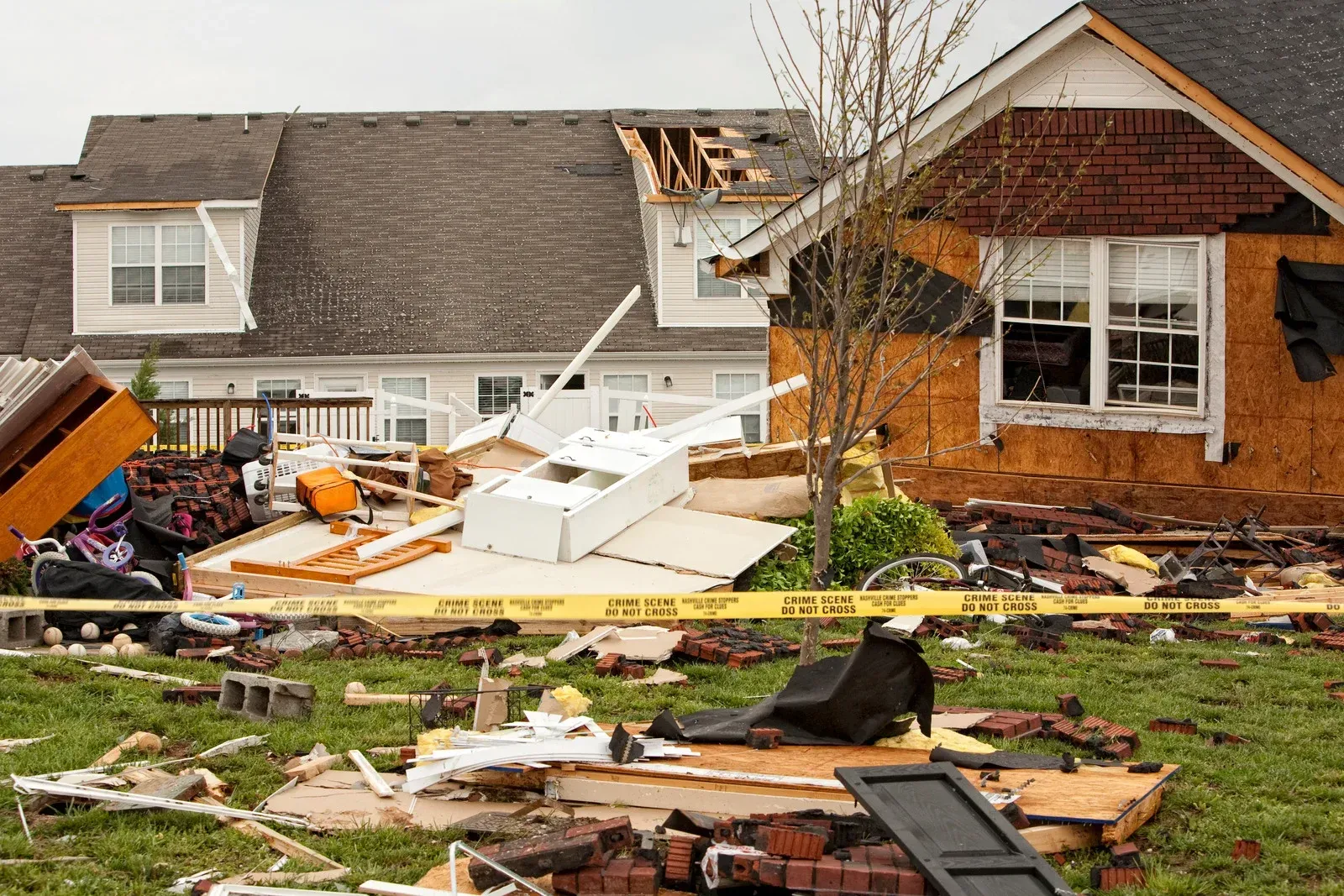Bowling Green Hurricane Milton Home Damage Recovery
The recent passage of Hurricane Milton has left many residents in Bowling Green and surrounding areas grappling with the aftermath of extensive property damage. As communities begin the challenging process of recovery, it’s crucial for homeowners to understand their options for addressing losses. Whether it’s from wind, flooding, or structural damage, taking the right steps can significantly ease the recovery process.
Assessing the Damage
The first step in the recovery process is assessing the damage to your property. This involves a thorough inspection of both the interior and exterior of your home. Start by documenting all visible damages, such as:
- Roof leaks or missing shingles
- Broken windows or doors
- Flooding or water damage in the basement or ground level
- Damage to fences, sheds, or outdoor structures
Photographing the damage can serve as vital evidence when filing a claim. Be sure to note the date and time of the inspection and keep track of any conversations with contractors or repair personnel.
Understanding Your Insurance Policy
Understanding your homeowner’s insurance policy is critical during the recovery process. Policies vary widely, so it’s essential to know what is covered and what isn’t. Here are a few points to consider:
- Dwelling Coverage: This covers the structure of your home. Most policies will cover damages from hurricanes, but it's vital to check if there are any exclusions.
- Personal Property Coverage: This protects your personal belongings from damage. Review the specifics of what is covered, as some policies may require additional riders for high-value items.
- Flood Insurance: If you live in a flood-prone area, it’s crucial to have flood insurance. Standard homeowner policies typically do not cover flood damage, so check your policy details and consider enrolling in the National Flood Insurance Program (NFIP) for added protection.
- For additional information on flood insurance, visit
FEMA’s National Flood Insurance Program.
Filing a Claim
Once you’ve assessed the damage and reviewed your policy, it’s time to file a claim. Follow these steps to ensure a smooth claims process:
- Contact Your Insurance Provider: Notify your insurer of the damage as soon as possible. Many companies have specific timelines for reporting damage after a disaster.
- Provide Documentation: Submit all photos, videos, and written descriptions of the damage with your claim. Make sure to include receipts for any emergency repairs you made to prevent further damage.
- Schedule an Inspection: Your insurance company will likely send an adjuster to assess the damage. Be prepared to provide additional information during their visit and ask questions about the claims process.
- Keep Records: Maintain copies of all correspondence with your insurance company and any contractors. This will help you track your claim's progress and ensure you have a record in case of disputes.
Emergency Repairs and Restoration
After the hurricane, you may need to make emergency repairs to protect your property from further damage. This can include:
- Covering broken windows with plastic or plywood
- Using tarps to cover roof leaks
- Removing water-damaged materials to prevent mold growth
Keep in mind that while you can make emergency repairs, any permanent repairs should typically wait until your insurance adjuster has inspected the property. This ensures that you have documentation for the claim process.
Hiring Professionals for Assistance
Recovering from hurricane damage can be overwhelming, and you don’t have to do it alone. Consider hiring professionals to assist with the recovery process. Restoration companies can help with:
- Water extraction and drying
- Mold remediation
- Structural repairs
- Debris removal
Ensure that any professionals you hire are licensed, insured, and have experience with hurricane damage restoration.
Mental Health Considerations
In the aftermath of a hurricane, it's easy to feel overwhelmed by the recovery process. It’s important to take care of your mental health during this challenging time. Seek support from family, friends, or community resources. Many local organizations offer counseling services for disaster survivors.
Additionally, FEMA provides resources for coping with the emotional aftermath of disasters. Visit
FEMA Hurricane Resources for more information.
Preparing for Future Hurricanes
While recovering from Hurricane Milton is the immediate focus, preparing for future hurricanes is equally important. Consider taking these steps to safeguard your property:
- Review Your Insurance: Regularly review your homeowner’s policy and flood insurance to ensure you have adequate coverage.
- Create an Emergency Plan: Develop a plan for evacuation and communication with family members during a hurricane.
- Protect Your Property: Invest in hurricane shutters, roof reinforcements, and flood barriers to minimize damage from future storms.
Final Thoughts
The recovery from Hurricane Milton will undoubtedly take time, but Bowling Green's resilient community will rise again. Homeowners must remain proactive in assessing damage, communicating with their insurance providers, and utilizing available resources.
If you need assistance navigating the complexities of property damage claims, consider reaching out to professionals who specialize in claims adjusting. At Primo Adjusting Services, we are here to help homeowners recover the compensation they deserve. With our expertise in property damage adjusting, we can guide you through the process, ensuring that you receive the support you need to rebuild your home and your life.
